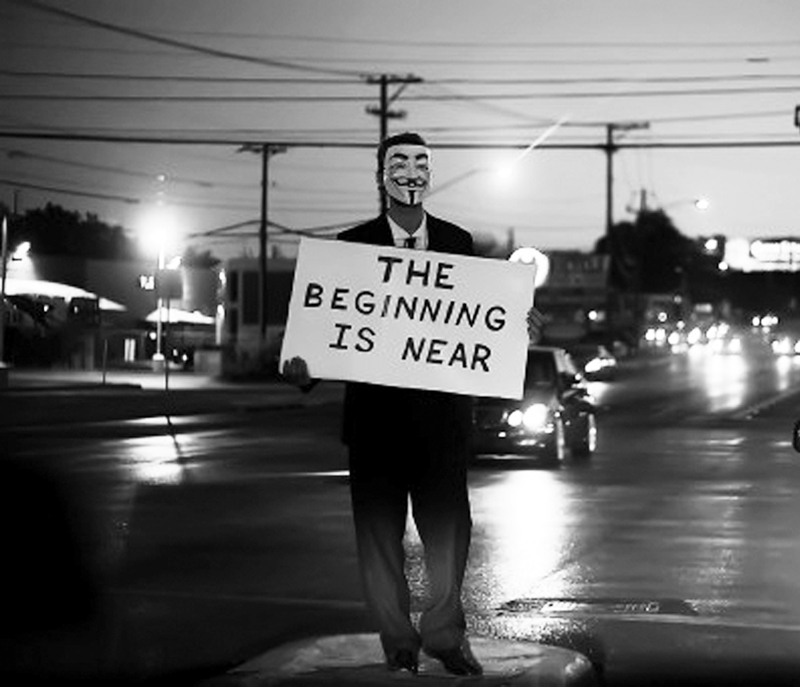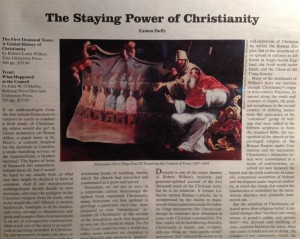 Yes — about a week ago there was yet another mass shooting in the US, this time at a Planned Parenthood clinic in Colorado Springs, CO. (I won’t go into the even more recent mass shootings in Georgia or California yesterday.)
Yes — about a week ago there was yet another mass shooting in the US, this time at a Planned Parenthood clinic in Colorado Springs, CO. (I won’t go into the even more recent mass shootings in Georgia or California yesterday.)
There’s not too many details in the public domain yet (at least when I wrote this post), but we know that a middle-aged, white male suspect was apprehended after a stand-off with police (pictured above), that three people (including a cop) were killed, and that several more wounded. Continue reading “Innumerable Shades of Grey”

 Without arriving on the scene with the work of a social theorist like Emile Durkheim in our back pockets, I’m not sure what we would make of the French parliament joining together yesterday to sing their
Without arriving on the scene with the work of a social theorist like Emile Durkheim in our back pockets, I’m not sure what we would make of the French parliament joining together yesterday to sing their  A story the other day on National Public Radio’s morning show was on the US Republican party’s ongoing efforts to recruit more voters from the Latina/o community.
A story the other day on National Public Radio’s morning show was on the US Republican party’s ongoing efforts to recruit more voters from the Latina/o community. Tonight is the series end to
Tonight is the series end to 
 The other day I was cruising around the web reading old New York Times pieces and came across one entitled “
The other day I was cruising around the web reading old New York Times pieces and came across one entitled “ kaybee’s comment stood out for me because it nicely represents a commonplace strategy — a strategy at home within the academy no less than in comments on the web — of positing a pristine originary moment that, once expressed or shared, is only later corrupted and polluted. It’s a model not unlike the telephone game (problematically known as “
kaybee’s comment stood out for me because it nicely represents a commonplace strategy — a strategy at home within the academy no less than in comments on the web — of positing a pristine originary moment that, once expressed or shared, is only later corrupted and polluted. It’s a model not unlike the telephone game (problematically known as “ Did you catch this
Did you catch this 
 There’s a few pop songs that strike me as containing some great nuggets of social theory, and so they stick with me — such as a line about nostalgia from Don Henley’s “The Boys of Summer” (
There’s a few pop songs that strike me as containing some great nuggets of social theory, and so they stick with me — such as a line about nostalgia from Don Henley’s “The Boys of Summer” ( The approach to identification advocated here at the Edge puzzles some readers since it troubles the usual notion that we have of the individual who does things for certain reasons. We talk about interests and purposes, yes, but we don’t presuppose the usual sort of agent doing things in the world.
The approach to identification advocated here at the Edge puzzles some readers since it troubles the usual notion that we have of the individual who does things for certain reasons. We talk about interests and purposes, yes, but we don’t presuppose the usual sort of agent doing things in the world. Q:
Q:  In the same issue of The New York Review of Books that I
In the same issue of The New York Review of Books that I